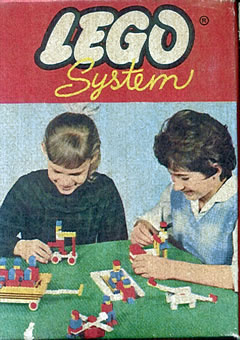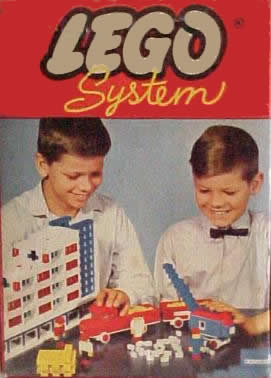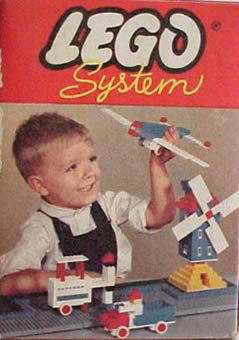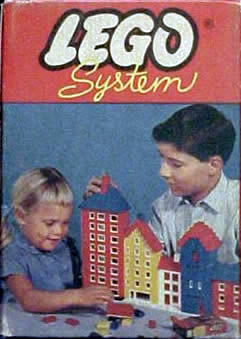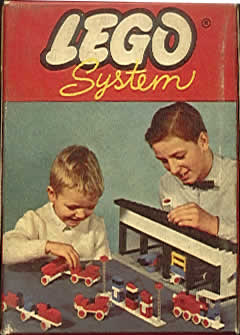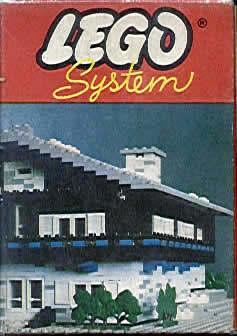
LEGO System Partssets
In January 1954 Godtfred attended the London Toy Fair. On the ferry across the North Sea he began a discussion with Troels Petersen, the toy buyer from Magasin du Nord, the largest department store in Copenhagen. The buyer lamented the fact that all toys seemed to be one-off items and that there was no cohesive toy system available.
Once back home in Billund, Godtfred began to give this idea serious thought. He drew up a list of attributes he thought a toy system should have and began to review his own products for a possible candidate. The result was the now classic Principles of Play. These principles were issued to every Lego employee in 1962 and still stand as the core principles of the company.
Godtfred reviewed the company’s current designs (at the time over 200 different wooden and plastic toys were on their price list) and finally decided that the Lego Mursten showed the most promise for expanding into a true system. He organized the exsisting Lego Mursten sets and modeled new designs around a single, common theme — a townscape or street scene. After nearly a year of development the result was the Lego Mursten System i Leg (System of Play).
As Godtfred wrote to sales agents in 1955: "It has been our intention to create a toy, which has a value for life; a toy, which appeals to the child’s imagination and develop that need to create and creative zest, which is the motive power in any human being.”
The System i Leg (System of Play) was unveiled at the Nürnburg Toy Fair in February 1955 but the reaction was less than positive. One buyer even said that “the product has nothing at all to offer the German toy market.” Even some Danish retailers were skeptical, but the buyer from Magasin Du Nord, whom Godtfred had talked to 13 months earlier, was excited about the system and even set up a special ground-floor display for its Danish launch. The System i Leg was well received in Denmark and sales in 1956 nearly doubled.
At the best moment there where 59 different sets available on the European market.
In 1956 the first sets where distributed to Germany.
In the years after other European countries recieved the new boxes:
Switserland (1957), Belgium (1958), Sweden and France (1959), Finland and Holland (1960).
In 1960 a licence was given to the British LEGO Ltd to produce the boxes in the United Kingdom. In 1961 a simular licence was given to Samsonite Corporation in the United States.
1956-1959

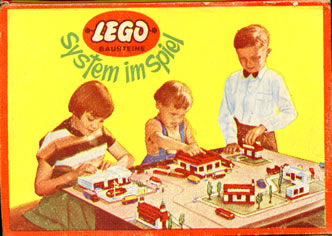
LEGO System in Spiel box from Germany ca. 1956-1957
LEGO System in Spiel box from Germany ca. 1956-1957
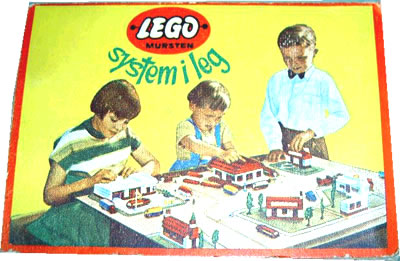
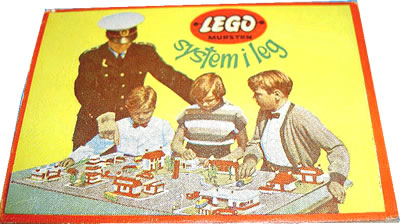
LEGO System i Leg box from Denmark ca. 1959
LEGO System i Leg box from Denmark ca. 1959
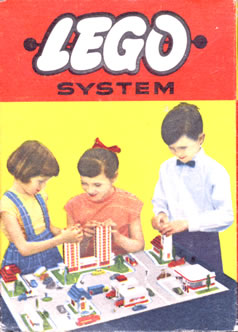
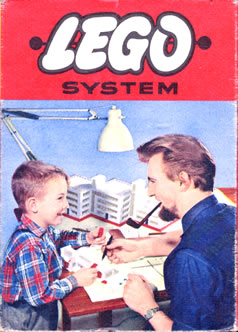
LEGO System box from 1956
LEGO System box from 1956
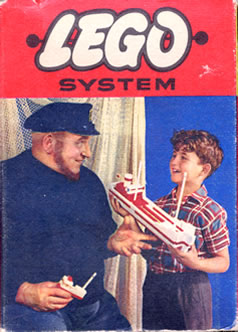
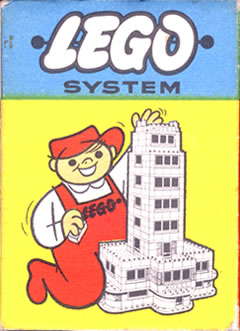
LEGO System box from 1956
Back of a LEGO System box from 1956
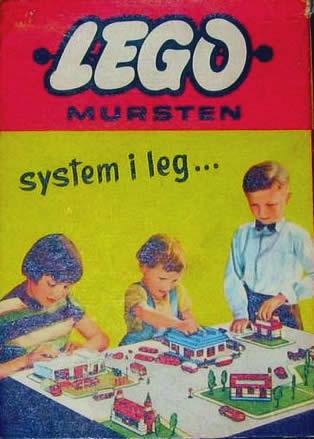
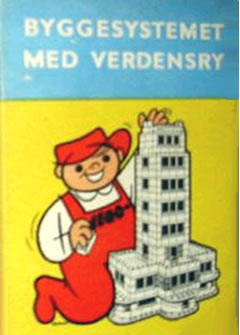
LEGO Mursten box from 1956
Back of a LEGO Mursten box from 1956
1960-1965
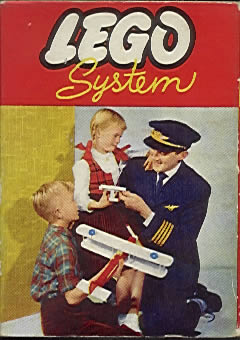
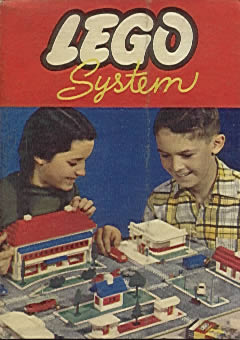
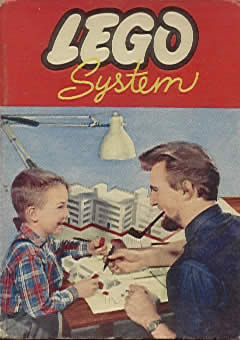
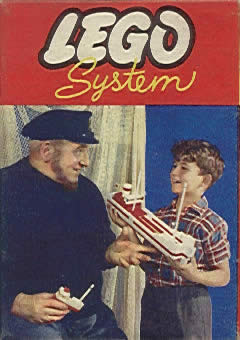
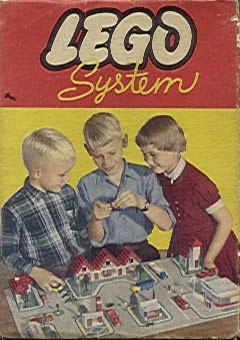
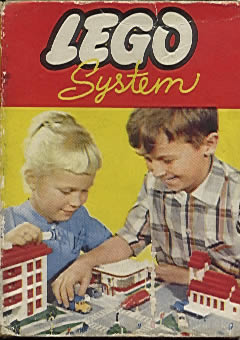
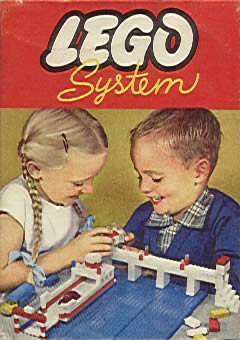
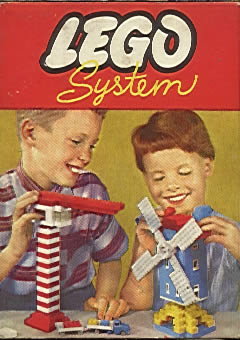
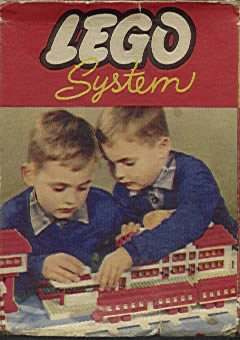
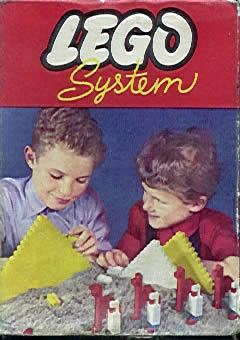
1963-1965
Front
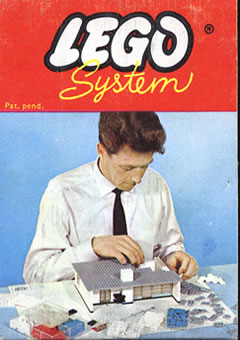
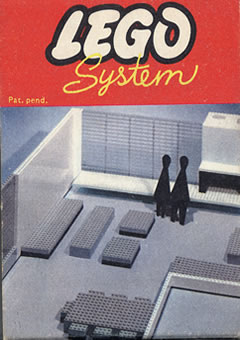
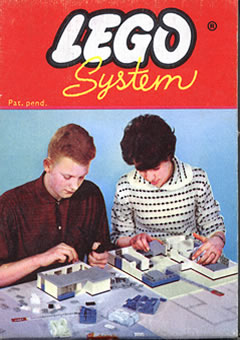
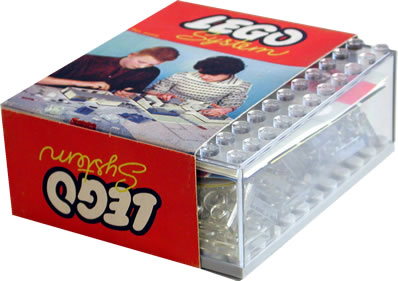
Back
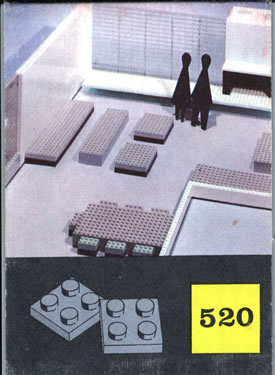
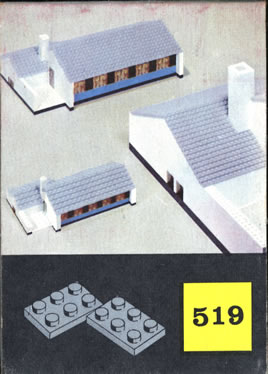
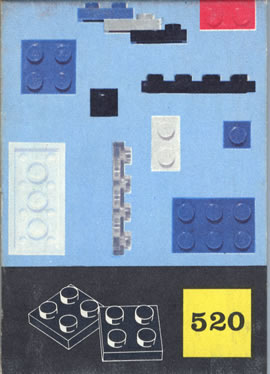
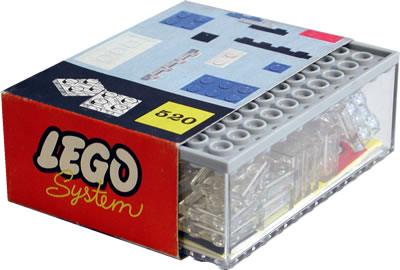
1965
The boxes here after are released in Europe around 1965.
